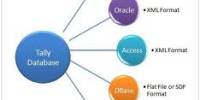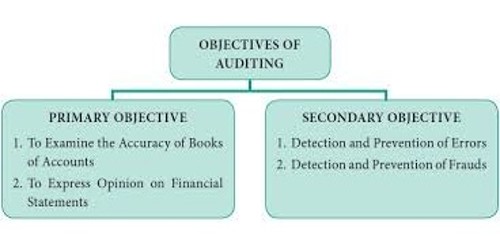The profitability index (PI) refers to the ratio of discounted benefits over the discounted costs. It is a capital budgeting tool that helps to decide whether to accept or reject a project. It is a tool for measuring the profitability of a proposed corporate project by comparing the cash flows created by the project to the capital investments required for the project.
To calculate the profitability index, you will first need to know how much you intend to invest to get the returns you want for the future. Then you include the NPV (net present value), which is the current price of the future cash flow that is anticipated. It is very easy to calculate. So, it is a common and widely used technique to evaluate different investment proposals.
Advantages of Profitability Index (PI)
- PI considers the time value of money. It takes the time value of money into consideration. It tells about an investment increasing or decreasing the firm’s value. So, it highlights the time value of money and evaluates the present value of money for future cash flows.
- It considers the analysis of all cash flows of the entire life. Some investment tools will only use published cash flows or exclude certain cash flows that don’t reach the books to create investment results. It ascertains an accurate rate of return of the project which is important to know the profitability of the project.
- It makes the right in the case of different amount of cash outlay of different projects. It takes into consideration all the cash flows of the project. Your profitability index will take these changes into account to ensure your information is as accurate as possible.
- It is simple and easy to find out the suitable investment project with the help of the profitability index method. It presents a parallel between the costs and profits of a certain project. It ascertains the exact rate of return of the project. It is also helpful in ranking and picking projects while rationing of capital.
- It measures the ratio between the present value of future cash flows and the initial investment. The index is a useful tool for ranking investment projects and showing the value created per unit of investment.
- It also considers the risk involved in future cash flows with the help of the cost of capital. When you’ve calculated the profitability index, you’re getting to take a peek at what a potential investment may offer to the overall value of the business involved.
It is also one of the most commonly used tools for evaluating investments. The profitability index is also called the cost-benefit ratio, benefit-cost ratio, or capital rationing. PI allows you to compare the profitability of two properties without regard to the amount of money invested in each. If this risk is not accounted for, then it becomes difficult to fully understand what may occur over the life of the investment.
















